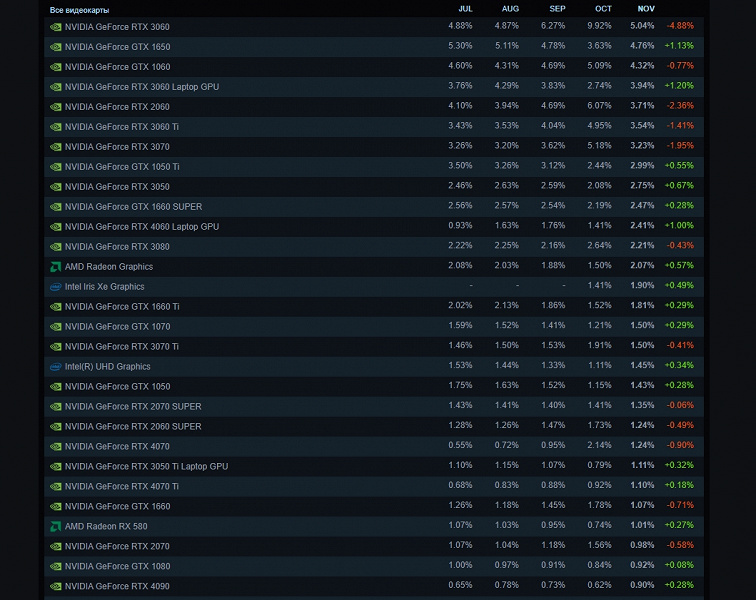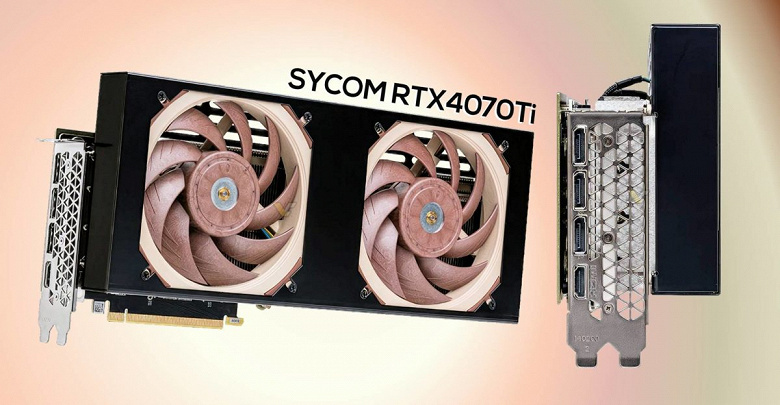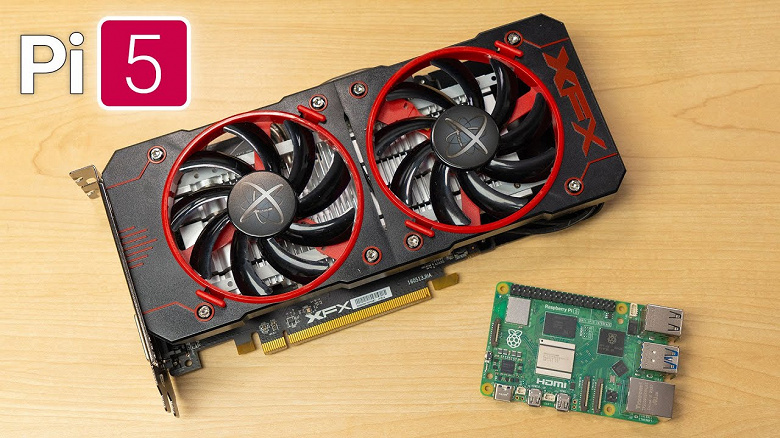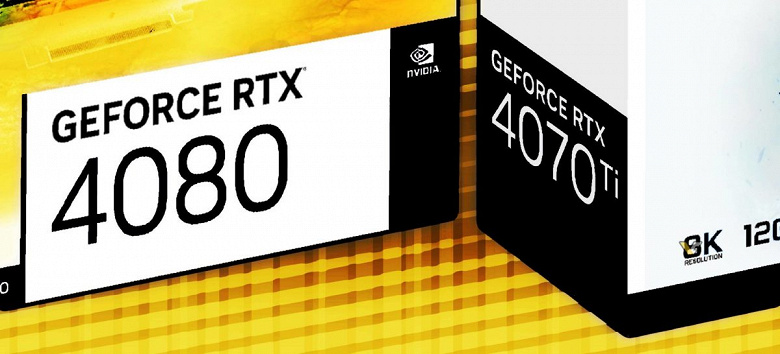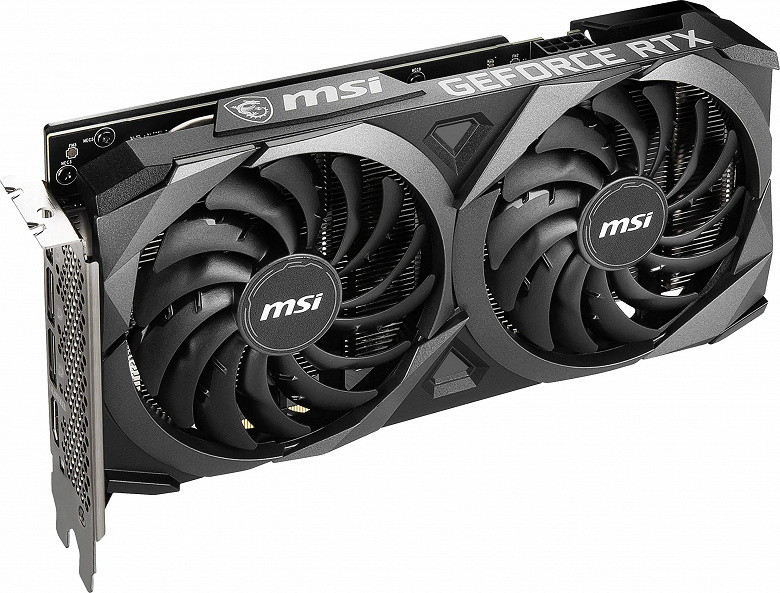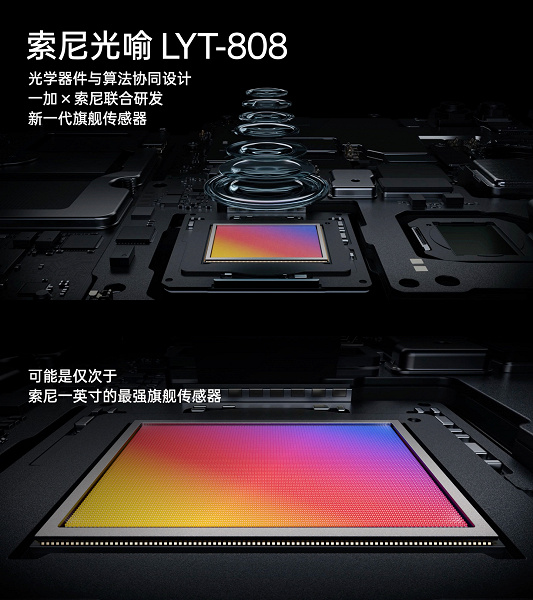The next version of the HWiNFO utility will show the honest temperatures of GeForce RTX 3000 video cards
The GPU’s actual temperature on GeForce RTX 3000 video cards in the hottest areas of the chip can be 11-14 degrees higher than the value shown by the available monitoring programs. According to the authoritative resource Igor’s Lab, the HWiNFO program will soon provide access to the value of the true maximum temperature.

